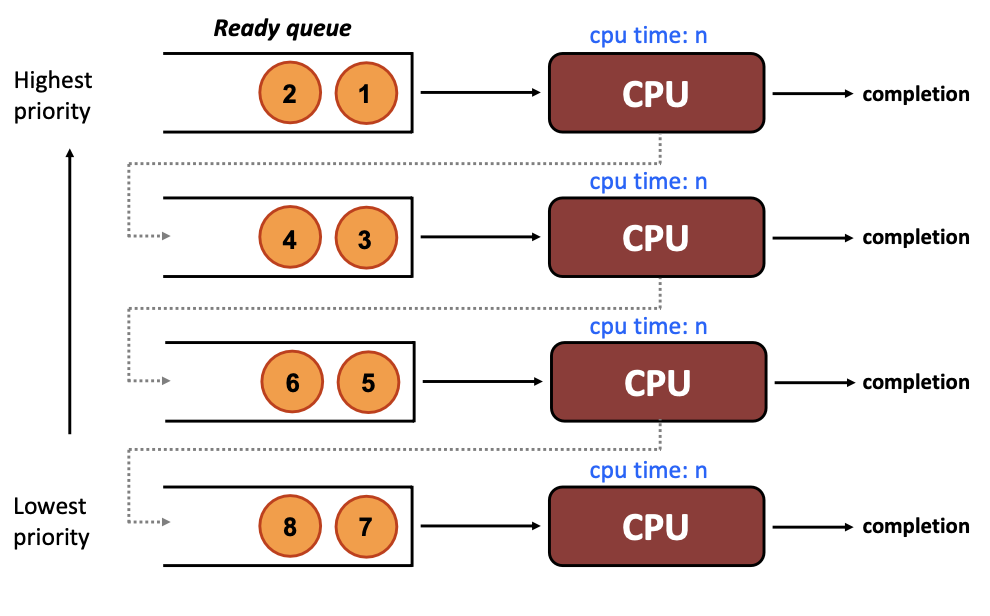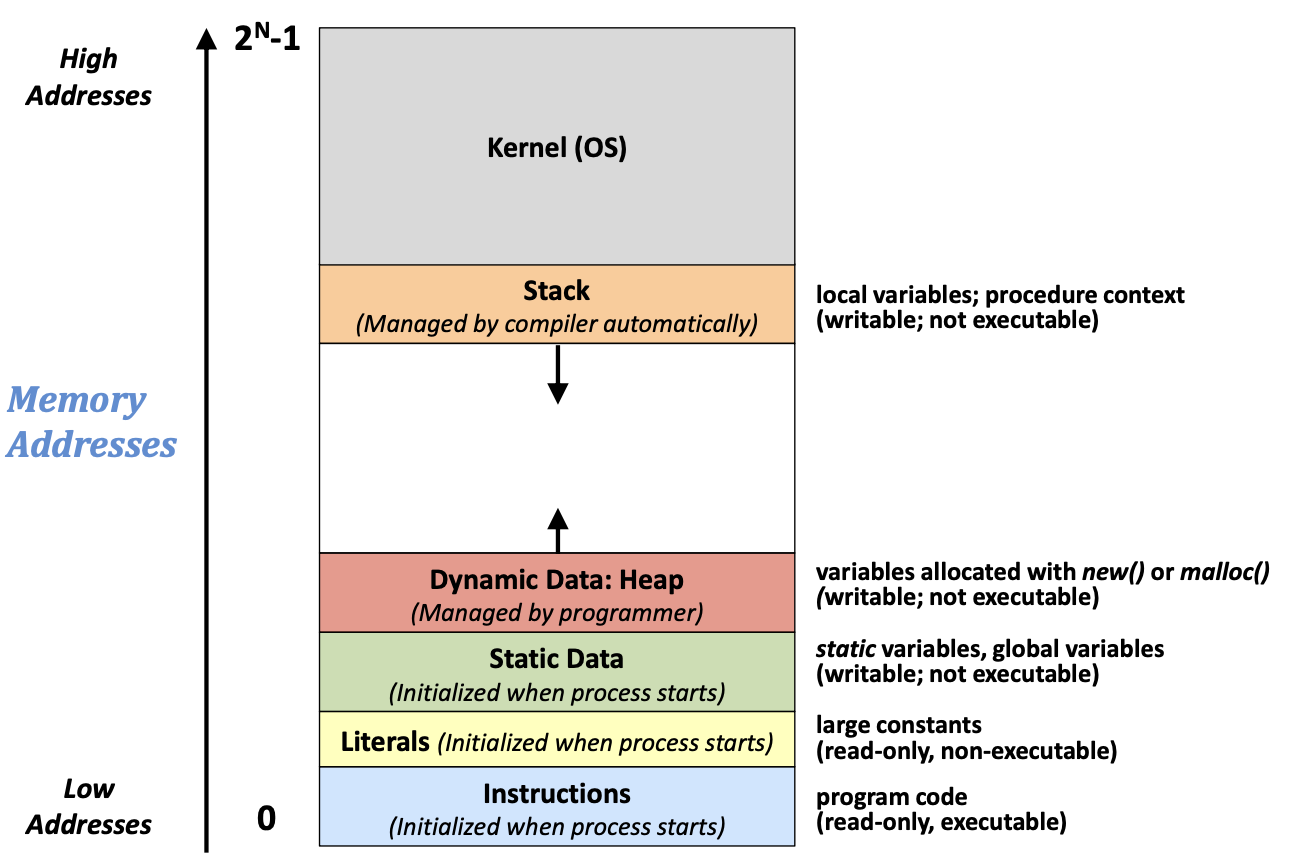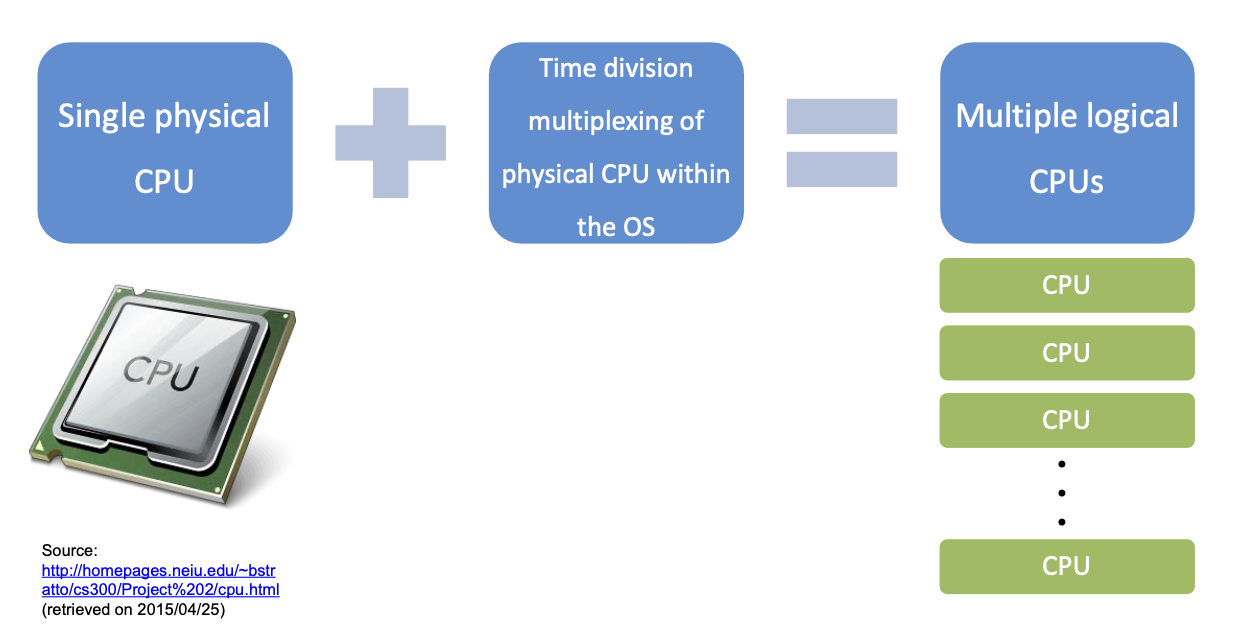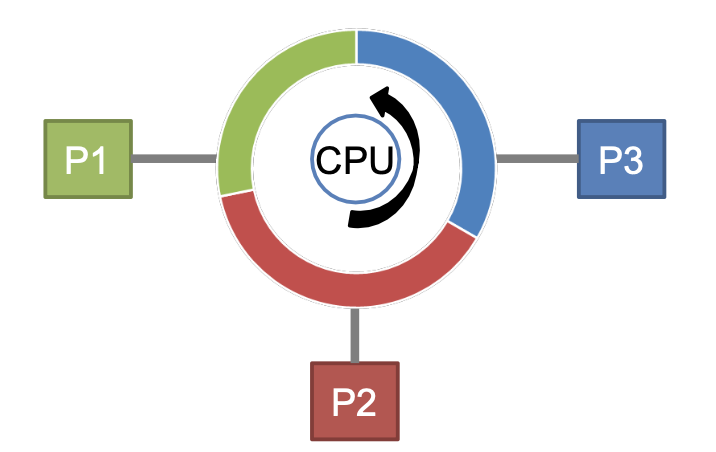지금의 기록이 미래의 자산이 된다.
Today's records become tomorrow's assets.-
클래스 다이어그램 그리는 기능
-
개발을 하면서 내가 짠 코드들을 머릿속으로 온전히 이해하기가 쉽지 않다.
-
그리고 개발이 시작하기 전, 끝난 이후에 구현한 것에 대한 클래스 다이어그램을 직접 그리는 시간이 오래 걸리는 경우가 있다.
-
이런 경우 ‘IntelliJ에서 제공하는 다이어그램 기능을 쓰면
시각적인 이해 + 시간 절약이 되지 않을까?’ 하는 마음으로 해당 포스팅을 작성하게 되었다.
다이어그램 그리기
- 우아한테크코스5기의 4주차 미션
다리 건너기를 예시로 가져왔다.
-
-
8. The Multi-Level Feedback Queue(MLFQ)
이 글의 사진과 내용은 공룡책 과 컴퓨터학부 수업인 운영체제 강의자료를 기반으로 작성했습니다.
Multi-Level Queue
멀티-레벨 큐(MLQ)
-
MLQ란 준비 큐를 여러 개로 분할해 관리하는 스케줄링 기법을 말한다. 즉 프로세스들이 CPU를 기다리기 위해 한 줄로 서는 것이 아니라 여러 줄로 서는 것이다. -
MLQ는 일반적으로 성격이 다른 프로세스들을 별도로 관리하고, 프로세스의 성격에 맞는 스케줄링을 적용하기 위해 ready queue를 별도로 두게 된다.
-
미래를 예측하기 위해 과거를 배우는 스케줄러이다.
ML(F)Q : Basic Rules
-
ML(F)Q는 다수의 개별 queue를 유지한다.
- 각각의 queue는 다양한 우선순위 레벨을 부여받는다.
-
Rule 1: Run-time이 짧은 job에게 우선순위(priority)를 부여한다. -
Rule 2: 만약 우선순위가 같으면, 라운드 로빈 스케줄링(RR)을 사용한다.

- ML(F)Q Example : Static Snapshot

-
MLQ는 관찰된 동작에 따라 작업의 우선순위를 변경한다.
-
Example 동작 :
-
job은 I/O를 기다리는 동안 CPU를 반복적으로 양도한다.
-
대화형(interative) 프로세스의 동작은 다음과 같습니다.
-
우선순위를 높게 유지(단시간 슬라이스 포함) -> 응답 시간 향상
-
-
job이 장시간 동안 CPU를 집중적으로 사용한다.
-
일괄(batch) 작업의 동작은 다음과 같습니다.
-
우선순위 감소(긴 시간 슬라이스 포함) -> 소요 시간 단축
-
-
-
이러한 방식으로 MLQ는 프로세스가 실행될 때 프로세스에 대해 학습하고, 따라서 job의 기록을 사용하여 미래의 동작을 예측합니다.
Multi-Level Feedback Queue
멀티레벨 피드백 큐(MLFQ)
MLFQ는 CPU를 기다리는 프로세스를 여러 queue에 줄 세운다는 측면에서 MLQ와 동일하나, 프로세스가 하나의 queue에서 다른 queue로 이동 가능하다는 점이 다르다.
-
-
7. Scheduling
-
6. Limited Direct Execution
이 글의 사진과 내용은 공룡책 과 컴퓨터학부 수업인 운영체제 강의자료를 기반으로 작성했습니다.
(Virtual) Memory
-
32bit CPU의 메모리 주소 레지스터의 크기는 32bit
-
CPU가 만들어내는(표현할 수 있는) 주소 개수 : 2^32

-
Stack : 지역 변수
-
Heap : 할당된 변수 or malloc(), calloc()
1. CPU Virtualization
- How to provide the illusion of many CPU’s
-
OS가 많은 가상의(논리적인) CPU가 존재하는 것처럼 환상을 조장한다.
-
(single-core system으로 가장한다면) 물리적인 CPU 개수는 1개이다.
-

-
Time-sharing-> 핵심: 시간을 나눠서 사용한다-
User가 원하는 만큼 동시에 프로세스를 실행할 수 있다.
-
Round robin 방식에 의해서 하나의 프로세스를 실행하고, 멈춘 다음에 다른 프로세스를 실행한다.
-

-
CPU Virtualization을 구현하기 위해서 필요한 2가지
-
OS’s low-level mechanism (How) (e.g. Context switch)
-
OS’s policy (Which) (e.g. Scheduling policies)
-
2. Direct Execution
Direct execution: CPU가 프로세스를 수행하는 동안에는 OS가 간섭하지 않는다.

-
위의 표와 같이 한 번 실행하면 종료될 때까지 프로세스는 멈추지 않는다.
-
하지만 이 방법으로는 지금 구현하려고 하는 CPU 가상화를 구현할 수 없다.
-
한 번 실행된 프로세스에 대해 제어를 할 수 없으며 Time Sharing을 할 수 없다.
-
Time Sharing을 하려면 어떠한 Limit를 해줘야 CPU 가상화를 구현할 수 있다.
3. Limited Direct Execution(LDE)
-
Direct Execution는 프로그램을 빠르게 실행하는 장점이 있다.
-
하지만 실행 도중에 (1)디스크에 대한 I/O 요청이 발생하거나 (2)CPU 혹은 Memory에서 더 많은 시스템 리소스에 대한 엑세스 권한을 획득하는 경우를 해결할 수 없기 때문에 사용할 수 없다.
-
이를 해결하기 위한 방법으로
Limited Direct Execution을 사용한다.
Problem#1: Restricted operations
-
What to limit?
-
General memory access
-
Disk I/O
-
Certain instructions
-
-
이러한 문제를 해결하기 위해 User mode와 Kernel 모드로 상태를 구분한다.
-
User mode에서는 수행할 수 있는 작업에 제한을 둬서 Application이 HW 리소스에 대한 완전한 접근을 가질 수 없다. -
이를 보완하기 위해
Kernel mode에서는 OS가 CPU 권한을 가지고 I/O요청과 같은 권한이 필요한 모든 작업을 수행할 수 있다.
[System call 이란]
-
System call은 일종의 SW적인 인터럽트로서 사용자 프로그램이 system call을 할 경우 trap이 발생해 CPU의 제어권이 OS로 넘아가게 된다.
-
그러면 OS는 해당 system call을 처리하기 위한 루틴으로 가서 정의된 명령을 수행한다.
-
-
AssertJ 개념 정리
-
테스트코드를 작성하면서 JUnit과 AssertJ 사용법을 익혀야 한다는 사실을 알게 되고 난 이후에 따로 공부를 하게 되었다.
-
그 중 AssertJ 개념을 정리하자.
개요
AssertJ: Java 테스트에서 유창하고 풍부한 어설션을 작성하는 데 사용되는 오픈 소스 커뮤니티 기반 라이브러리이다.
메이븐 종속성
<dependency> <groupId>org.assertj</groupId> <artifactId>assertj-core</artifactId> <version>3.4.1</version> <scope>test</scope> </dependency>-
이 종속성은 기본 Java 어설션에만 적용된다.
-
Java 7 및 이전 버전의 경우 AssertJ 코어 버전 2.xx를 사용해야 한다.
-
최신 버전은 AssertJ 코어 버전 3.23를 제공해주고 있다.
지원
-
AssertJ는 다음을 위해 유창하고 아름다운 어설션을 쉽게 작성할 수 있도록 하는 일련의 클래스 및 유틸리티 메서드를 제공한다.
-
Standard Java
-
Java 8
-
Guava
-
Joda Time
-
Neo4J and
-
Swing components
-
AssertJ 적용
- 여기서부터는 AssertJ를 설정하고 그 가능성을 탐색하는 데 중점을 둘 것이다.
Assertions 클래스
import org.assertj.core.api.Assertions;- 이 Assertions 클래스는 AssertJ 사용을 시작하는데 필요한 유일한 클래스이며 필요한 모든 메서드를 제공합니다.
Assertions 작성
- assertion를 작성하려면 항상 객체를
Assertions.assertThat()메서드에 전달한 다음 실제 어설션을 따라야 한다.
Object Assertions
public class Dog { private String name; private Float weight; // standard getters and setters } Dog fido = new Dog("Fido", 5.25); Dog fidosClone = new Dog("Fido", 5.25); 복사-
다음과 같이 두 object의 동등성을 비교할 수 있는 방법이 있다.
-
내용을 비교하려면,
-
isEqualToComparingFieldByFieldRecursively()을 사용한다.
assertThat(fido).isEqualToComparingFieldByFieldRecursively(fidosClone);- 한 object의 각 필드가 다른 개체의 필드와 비교되기 때문에 Fido 와 fidosClone 은 필드별 재귀 필드 비교를 수행할 때 동일하다.
Boolean Assertions
-
진실 테스트를 위한 간단한 방법이 있다.
-
isTrue()
-
isFalse()
-
assertThat("".isEmpty()).isTrue();
-
- 외부 시스템과의 연동 시 발생하는 장애를 격리하기 위해 서킷 브레이커 적용하기
- Spring Boot, Kotlin 함수형으로 안전하게 서킷 브레이커 구현하기
- 테스트에 대한 전략과 고찰
- '요즘 당근 AI 개발' 책 후기
- '제미니의 개발실무 - 커머스 백엔드 기본편' 강의 후기
- '도메인 주도 개발 시작하기' 책 후기
- 토스 SLASH 24 Server '분산 트랜잭션과 지속 가능한 마이그레이션 전략' 정리
- 토스 SLASH 22 Server '왜 은행은 무한스크롤이 안되나요' 정리
- [카프카 핵심 가이드] CHAPTER 5. 프로그램 내에서 코드로 카프카 관리하기: AdminClient를 활용한 토픽 및 컨슈머 그룹 관리
- [카프카 핵심 가이드] CHAPTER 4. 카프카 컨슈머: 컨슈머 설정 및 오프셋과 커밋
- DevHistory 3
- Java 10
- Spring 15
- SpringBoot 17
- JPA 13
- MySQL 3
- Flyway 1
- Kafka 7
- Technology 18
- GoodCode 7
- Side_Project 20
- Retrospective 4
- AlgorithmSkill 3
- LeetCode 2
- Algorithm 70
- SQL 9
- OS 14
- Database 8
- Network 7
- HTTP 7
- DataStructure 5
- Linux 4
- Woowacourse 4
- Git 9
- AssertJ 1
- IntelliJ 5
- Probability-Statistics 5
- Electronic-Finance 13
- Business-Statistics 13
- Competition 1
- Book 5
- Workout 7
- E.T.C 8